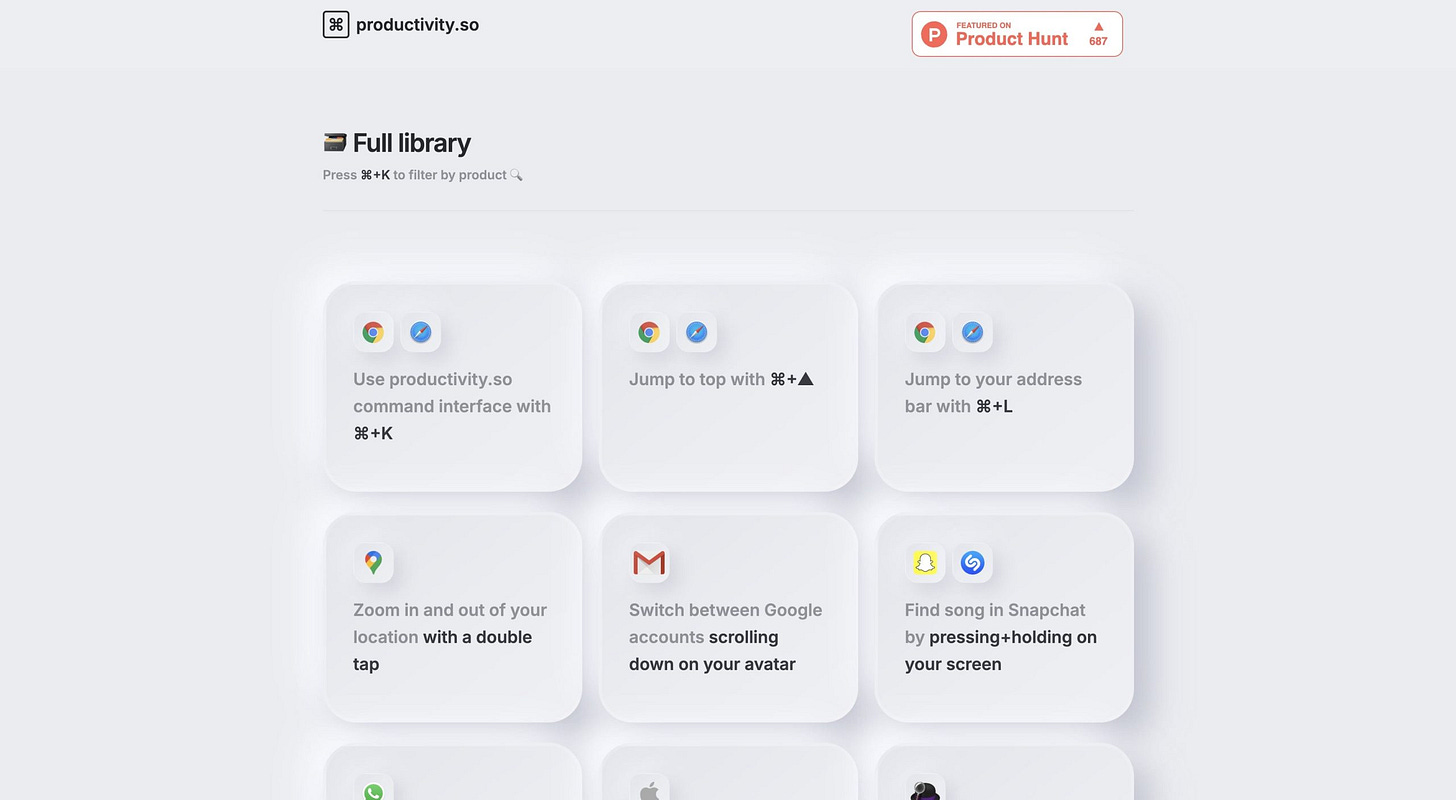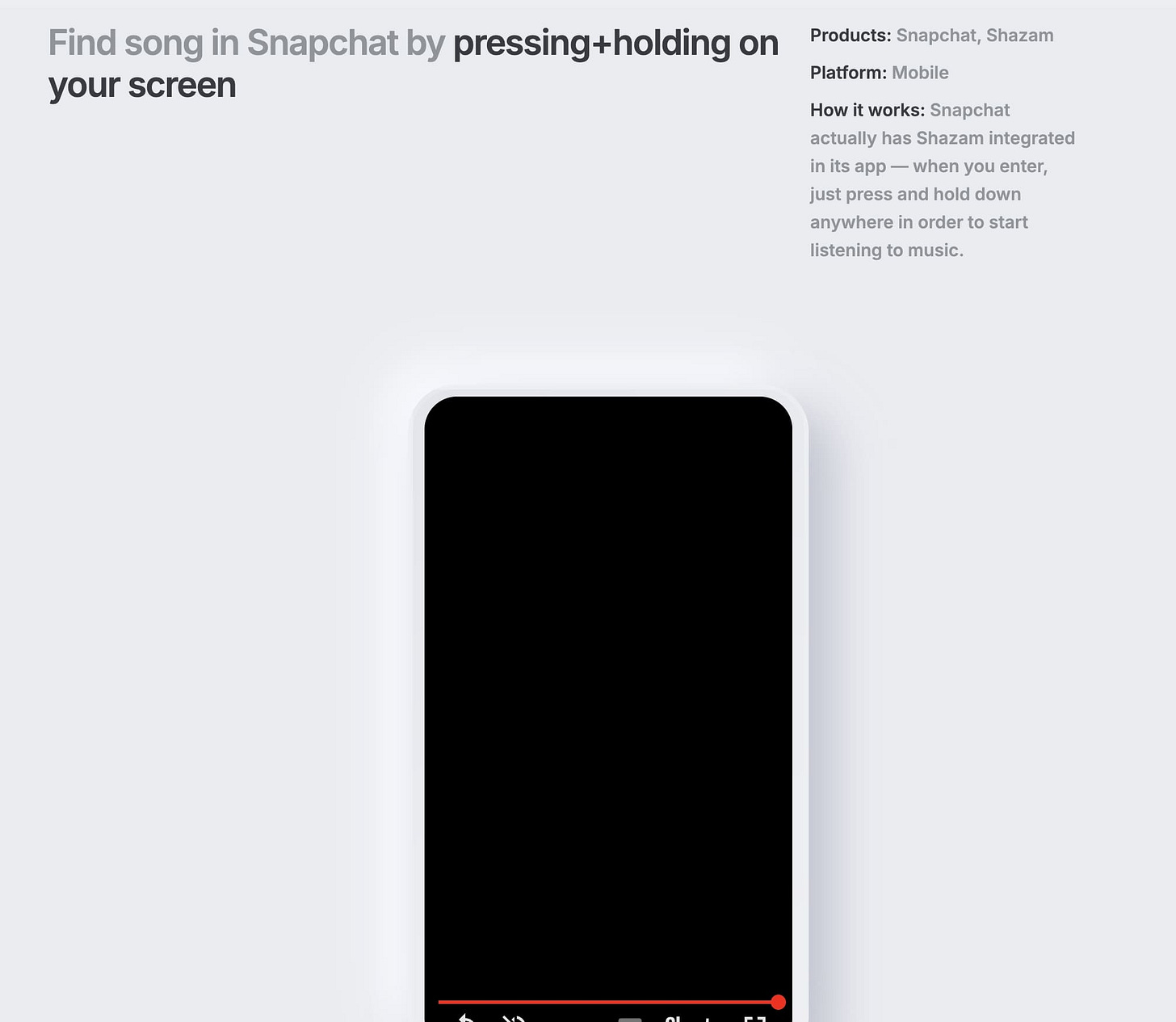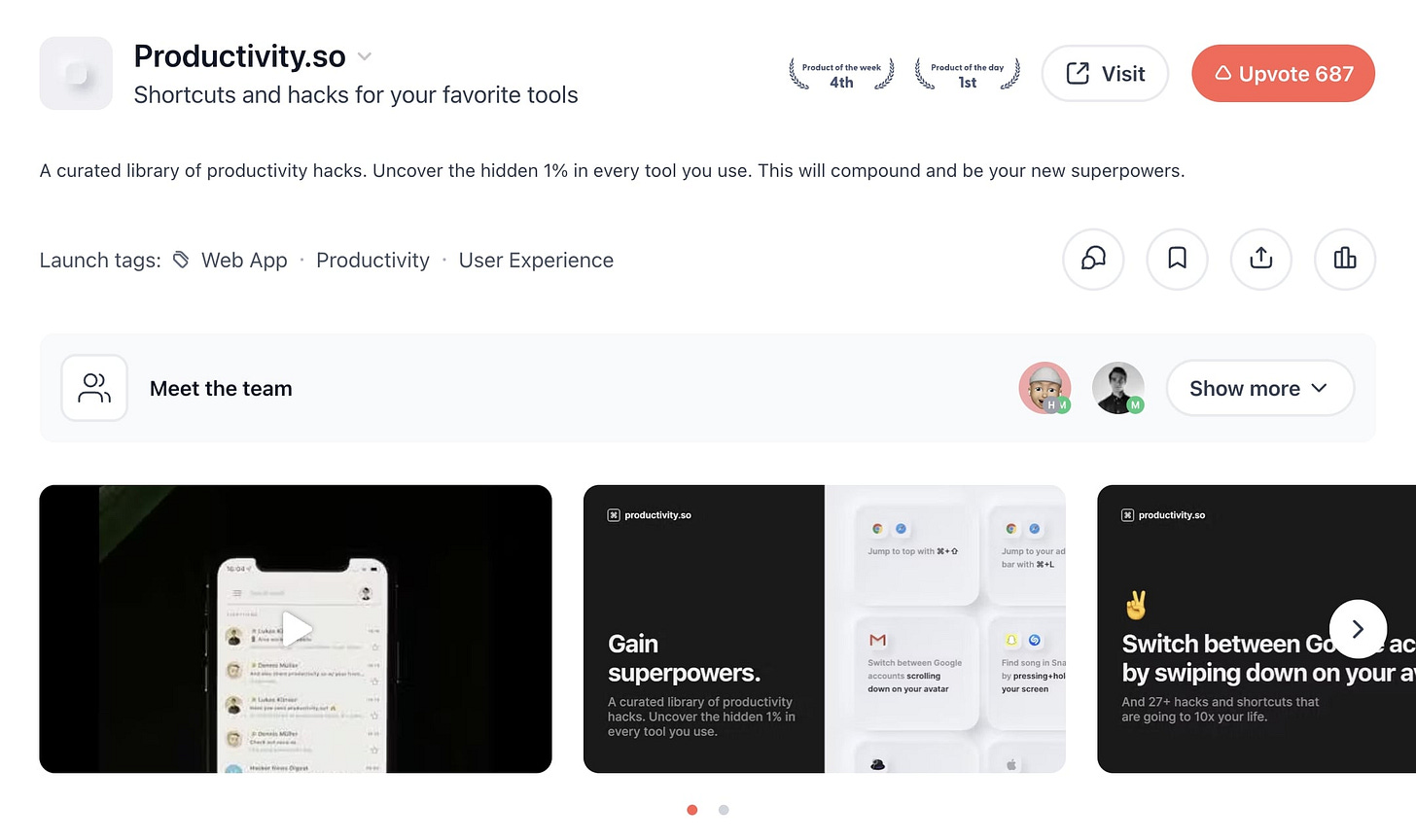How a micro-site generated buzz (and what went wrong)
The power and pitfalls of launching a micro-site
👋 Hey, I’m George Chasiotis. Welcome to GrowthWaves, your weekly dose of B2B growth insights—featuring powerful case studies, emerging trends, and unconventional strategies you won’t find anywhere else.
Lately, I’ve been thinking about how digital-first B2B companies approach growth.
For a long time, the playbook was pretty much standard, with few examples of companies doing things differently.
I think this has started to change, and I’m glad to see more and more examples of companies experimenting with new strategies and tactics.
Spending $200K per month on paid (this is an actual number from a SaaS company I’m connected with) is neither sustainable nor financially prudent anymore.
So, when companies become creative and break the norm in any way, I want to highlight and talk about it.
Here’s an example…
The company
There’s a company in the productivity space called Amie.
I’m not a user, but according to its website, Amie’s product offers to-dos (read: checklists), email, and calendar capabilities.
It’s powered by AI and is primarily a productivity tool.
Although the website discusses business use cases, the product seems to be designed mostly for personal use.
Not that this is a bad thing, of course!
It’s a second-brain type of tool for people who want to have better control of their time.
The company does a few things here and there on the growth side but one stood out to me.
Productivity hacks
In the summer of 2023, Amie launched a micro-site using the domain ‘productivity.so.’
It’s basically a curation of productivity shortcuts.
Inside, you’ll find anything from simple keyboard shortcuts to platform-specific shortcuts with a video like this one:
Back when they launched the site, they also did a Product Hunt Launch.
The launch went well and the batch was named ‘Product of the Day’.
However, some of the commenters mentioned that they couldn’t ‘gain superpowers’ as promised by the homepage’s main call-to-action (CTA):
That’s something I experienced myself when I tried to sign up for whatever lay behind that email subscription form.
So, what can be learned from this launch?
Read on to find out.
Key takeaways
Here are the key takeaways from this growth initiative (with the caveat that we don’t have data to support any of them):
Launching a micro-site that’s relevant to your audience is generally good and can be helpful.
Launching on Product Hunt can help with generating buzz around the product (or whatever it is that you’re building).
By launching it as a separate entity, you’ve got to take into account the logistics (e.g., website hosting, technology stack) that go with it.
Neglecting the tool after the initial buzz should be avoided.
I know the last one sounds a bit obvious, but over the years, I’ve seen many micro-sites like this being neglected once the launch buzz fades.
The problem is that this product has your signature on it.
You wouldn’t neglect your core product or website like this.
You’d want to make sure that everything worked properly (e.g., sign-up forms) or that you’d fix them if they didn’t.
So, even though I agree with the initiative (again, without having any data to prove its success) I don’t really like the execution here or the fact that the website seems abandoned.
That’s why I recommend that whenever you launch a separate entity like this, you think beyond the initial PH launch and positive comments on LinkedIn and X.
Final thoughts
I could summarize this note as follows:
Launching a separate entity that supports your growth objectives and is relevant to your audience? Yes.
Neglecting it and not treating it as part of your product after the initial buzz wears off? No.
If you do something similar, don’t half-ass it and do it only if you can commit to it (resource-wise) for the long term unless we’re talking about an initiative that’s part of a campaign with a set timeline.
See you next week!





